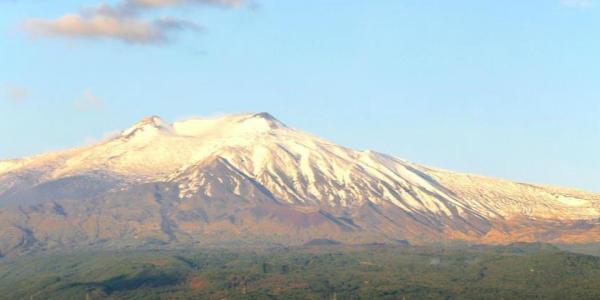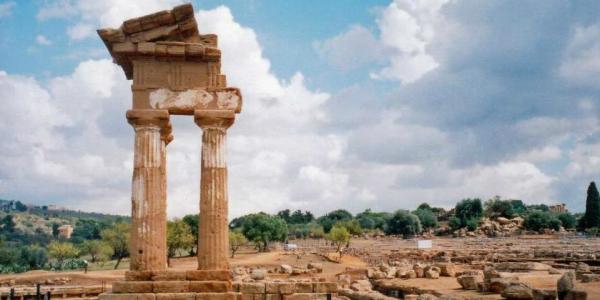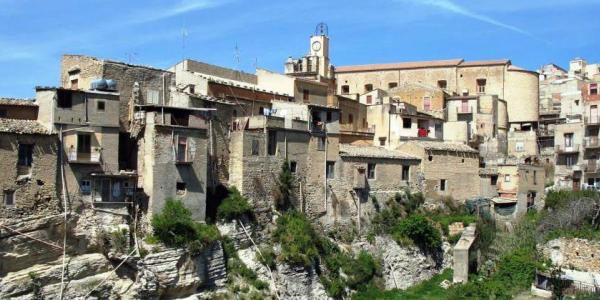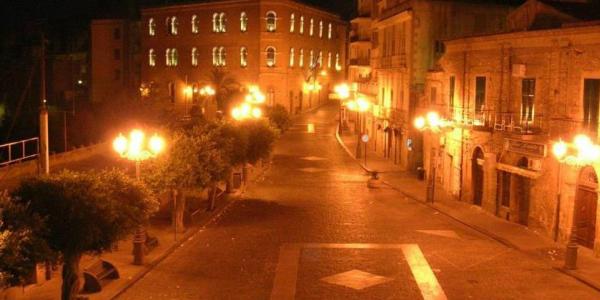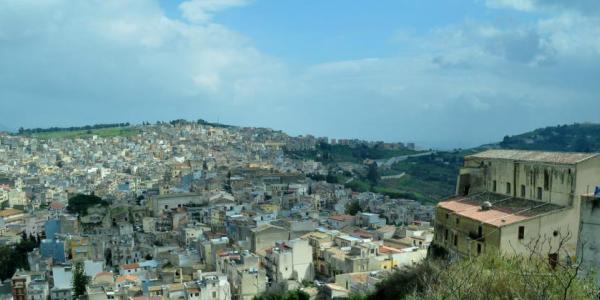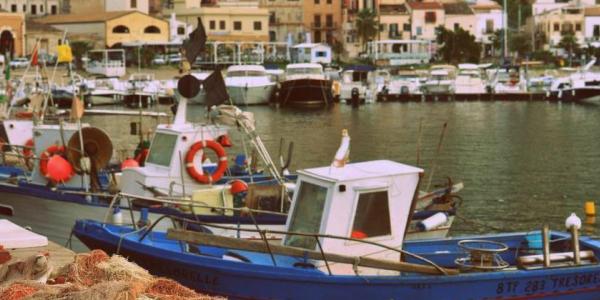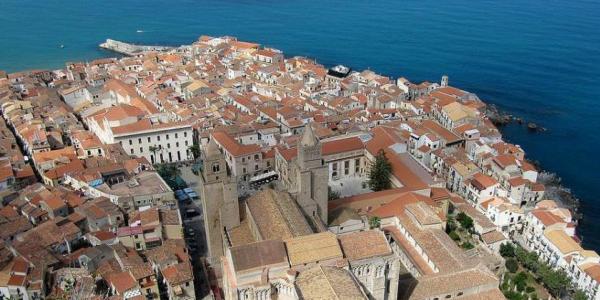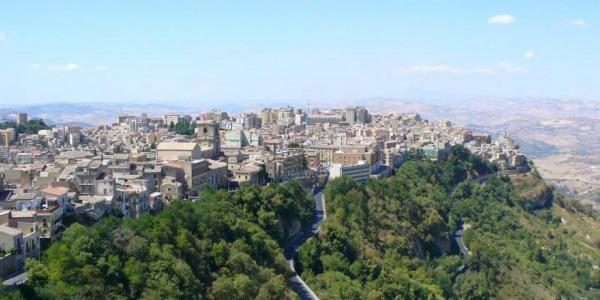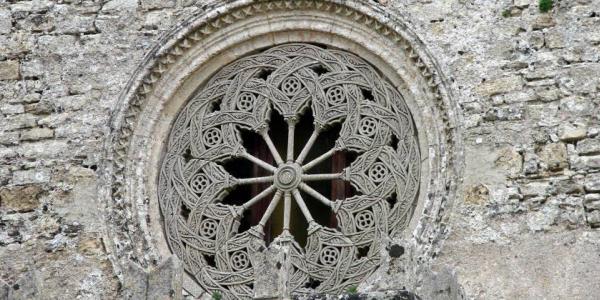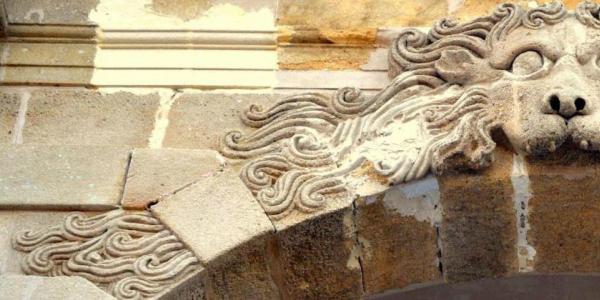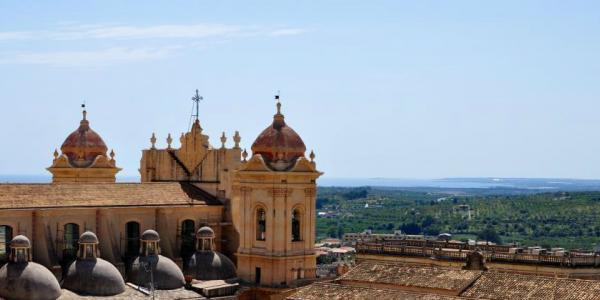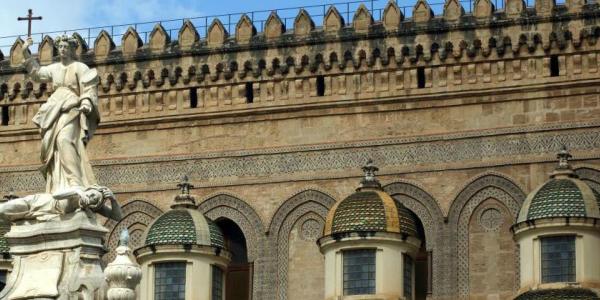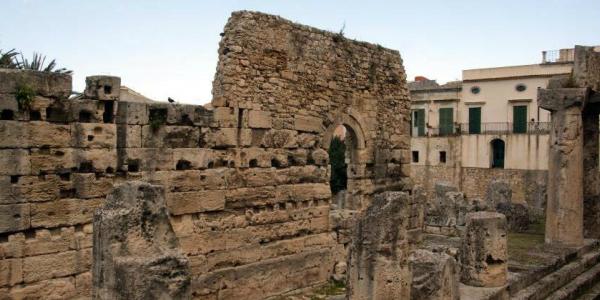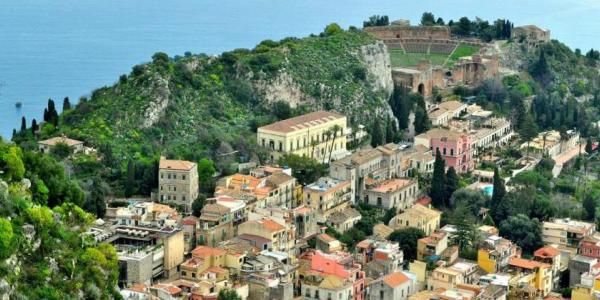The city is dominated by the castle and the warm colours of the stone used to build it on solid rock foundations. It is surrounded by two streams (Garella and Tina) that once served as a moat separating the castle from the surrounding territory. The castle is a single rectangular block and the façade has slit-like openings in the lower part, and two windows and a double-moulded ogive portal arch on the first floor. This was the only entrance to the castle and was only accessible via a removable ladder. The interior also has two levels, divided into large rooms with barrel vaults and pointed arch ceilings, which are connected to each other by an internal staircase. The upper floor has two uncovered galleries.
The area around the castle is the highest part of Burgio. It retains a marked Arab influence and is characterized by narrow, winding streets, small houses and arches. From there, on the long stairway leading to the village, you come to the Church of Santa Maria della Motta, considered the castle chapel, which has a lively belfry coated with ceramic tiles and three powerful apses of Norman origin. Inside the temple we find a marble sculpture of the Madonna delle Grazie by Vincenzo Gagini (1566), the image of the Madonna della Consolazione (13th century) and the 12th century wooden Crucifix of Rifesi. Popular tradition holds that it was sculpted in part by a shepherd and in part as a result of a miracle.
Next to the Town Hall on the former convent complex of the Frati Minori del Terzo Ordine di San Francesco we come to the Church of San Vito, where we can admire the statue of the Saint, a precious work by Antonello Gagini dating from 1522. The Church of San Luca has an apparently simple appearance, but it is enriched not only by its 17th century ceramic tiles, but also by a magnificent stone portico built by local craftsmen in 1617. Finally, the Church of San Giuseppe, in 17th century Baroque style, is known for its sumptuous interior covered with frescoes, stucco and renowned works of art. It has one of the most interesting interiors of all the churches in Burgio.



